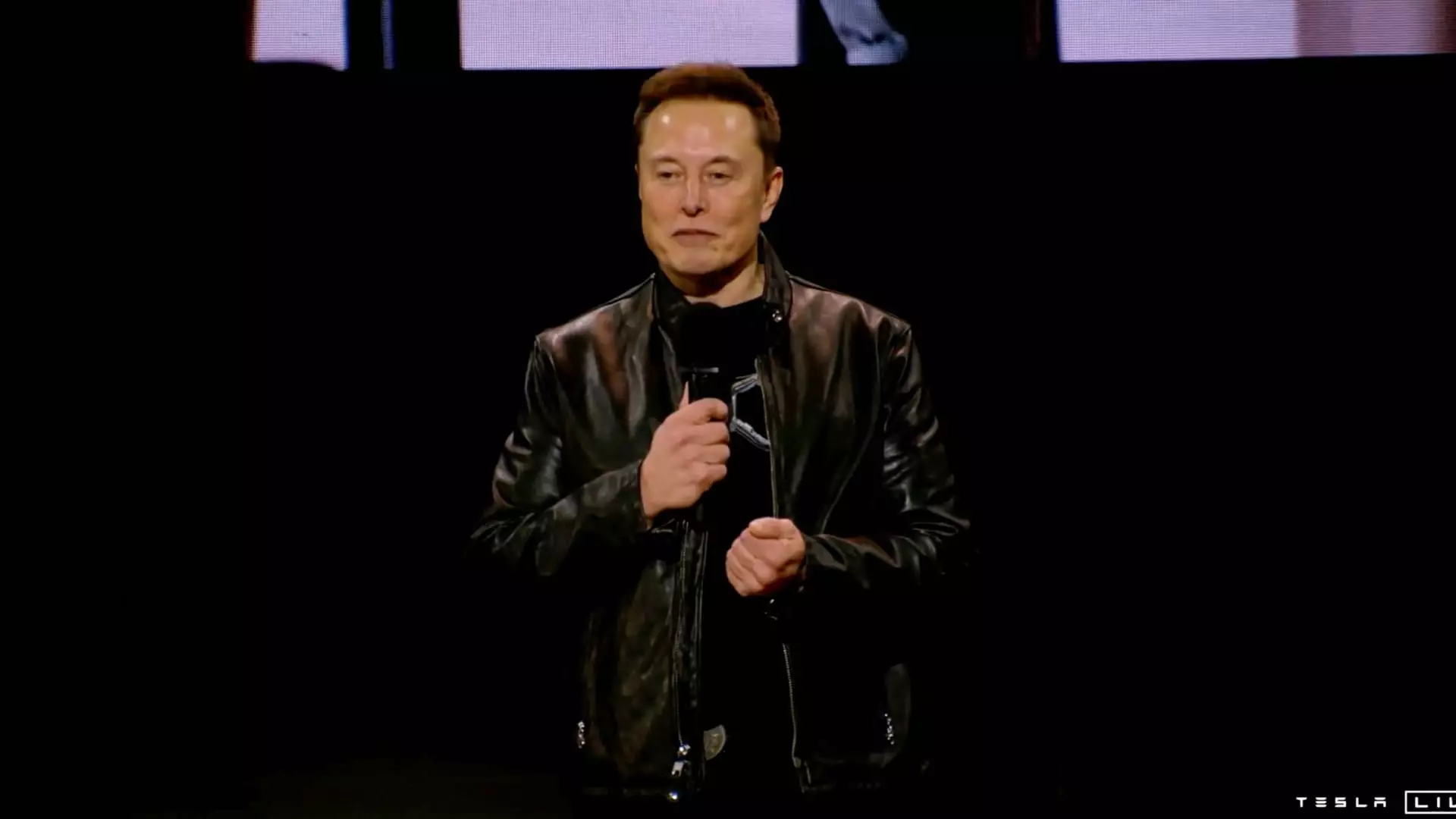The ongoing discourse surrounding Tesla’s marketing practices raises urgent questions about vehicle safety and driver responsibility. The National Highway Traffic Safety Administration (NHTSA) has recently taken a firm stance against Tesla, expressing concerns over the company’s social media communications that imply its vehicles can operate autonomously. These assertions not only misrepresent the capabilities of Tesla’s Full Self-Driving (FSD) system but also pose significant risks to drivers and the general public.
Gregory Magno, head of the NHTSA, articulated this concern in a publicized email to Tesla’s board, highlighting how the automaker’s posts on social media platforms, particularly X (formerly Twitter), exhibit reckless driver behaviors. The core of the problem lies in the disparity between Tesla’s marketing narratives and the operational realities of their driving technology. While Tesla maintains that drivers must remain engaged and ready to take control, their social media presence may lead consumers to believe that FSD could function as a fully autonomous system. This miscommunication puts drivers at risk of relying too heavily on technology that still requires human supervision.
Regulatory Actions and Consequences
In response to these misleading claims, the NHTSA has given Tesla until December 18 to clarify its marketing messages regarding FSD and provide comprehensive details regarding the technology. The agency’s inquiry is not merely a corporate oversight but stems from a series of alarming incidents, including fatal collisions involving FSD, one resulting in the death of a pedestrian. The potential financial consequences of non-compliance are significant as well; Tesla could face penalties exceeding $135 million, emphasizing the gravity of the situation.
One of the most troubling aspects of this issue is the reported instances cited by Magno regarding Tesla’s social media promotions, which included posts depicting drivers utilizing FSD in dangerous circumstances—such as while experiencing a health emergency or under the influence. These portrayals not only trivialize the importance of attentive driving but may embolden risky behavior among users. The expectation that FSD would function autonomously is not only unrealistic but dangerous, particularly for drivers who might misconstrue the system’s capabilities due to Tesla’s messaging.
As scrutiny of Tesla’s practices grows, it is crucial for the company to realign its communication strategy to reflect the true nature of its technology. The NHTSA has urged that information shared online be consistent with the actual operational instructions for FSD, which is vital for society’s safety as a whole. Tesla’s future strategies could significantly impact public trust in autonomous vehicles, making it imperative that they adopt a more responsible approach to conveying the capabilities of their systems. Ultimately, the automotive industry’s integrity hinges on transparency and adherence to safety protocols, as society steps cautiously toward a future where self-driving vehicles play a prominent role.


Leave a Reply
You must be logged in to post a comment.